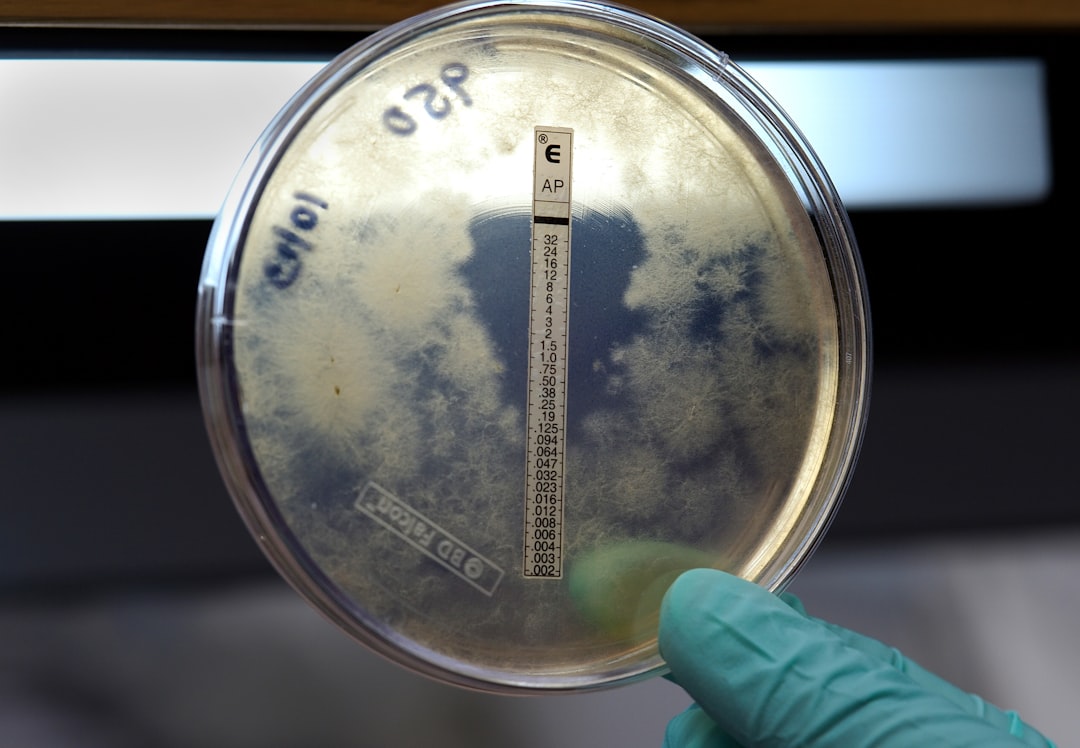What is it about?
A number of recognized and potential inhibitors of complement activity in human milk and other biological fluids are reviewed in this paper, with a proposal of their physiological significance.
Featured Image
Why is it important?
Several natural components abundant in the fluid phase of human breast-milk have been shown to be inhibitors of complement activation in vitro, particularly the classical pathway. These include lysozyme, lactoferrin, lactalbumin alpha and other ligand chelators, complement regulator proteins and other specific soluble inhibitors of complement activation.
Perspectives
The physiological significance of breast milk anti-complement factors probably resides in their ability to restrict in vivo complement activation to specialized (compartmentalized) sites on the cellular membrane structures in human milk, represented by the abundant surface area of the milk fat globule membranes. This would serve to prevent inflammatory-induced tissue damage of the delicate immature gastrointestinal tract of the newborn as well as the mammary gland itself.
Dr Michael O Ogundele
Mid Cheshire Hospitals NHS Foundation Trust Postgraduate Medical Centre
Read the Original
This page is a summary of: Inhibitors of Complement Activity in Human Breast-Milk: A Proposed Hypothesis of Their Physiological Significance, Mediators of Inflammation, January 1999, Hindawi Publishing Corporation,
DOI: 10.1080/09629359990559.
You can read the full text:
Contributors
The following have contributed to this page










